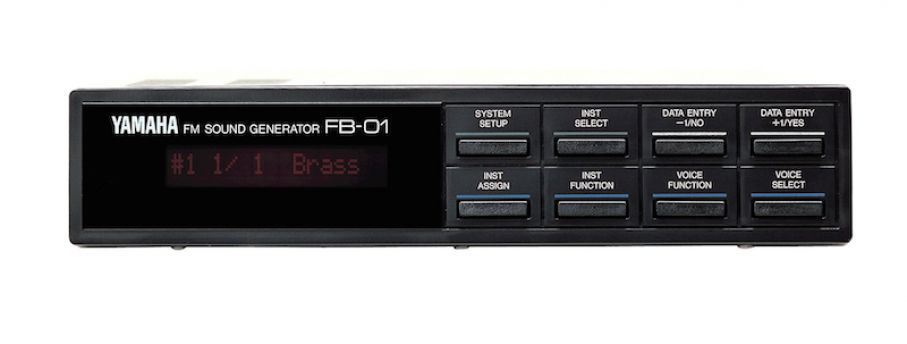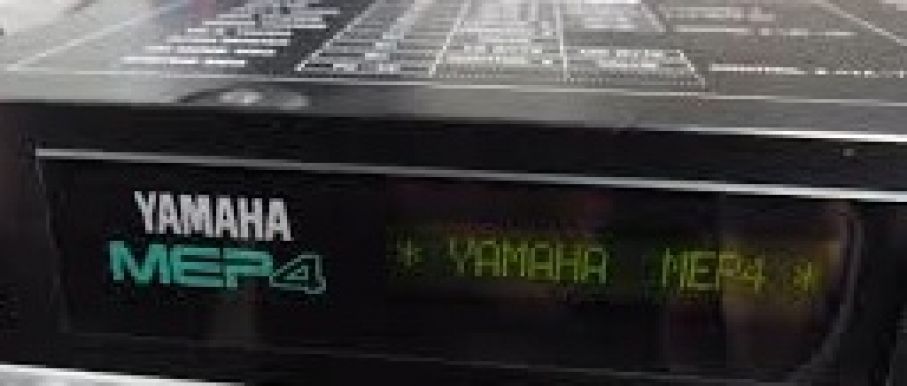Aftertouch – Volume 2, Number 7 (June 1986)
The ubiquitous DX7 used six operators for its FM tone generator. The DX9 and FB-01 four operator systems were somewhat simpler, but still able to produce interesting and expressive sounds.
In this month’s issue, author Michael Huisman’s article describes two programming capabilities for the four operator FB-01 that six operator instruments cannot do, and John McEnary explains how the MEP4 MIDI Event Processor can create diatonic harmony and even counterpoint!
{pdf=https://www.yamahasynth.com/images/Aftertouch/86_07.pdf|800|1200}
Do you remember the FB-01 or DX9? Tell us about it in the forum.
From 1985 – 1989, Aftertouch Magazine was “The Official Publication of the Yamaha Users Group.” Check yamahasynth.com every Thursday for our latest throwback issue. You can find all the Aftertouch throwback issues here.

